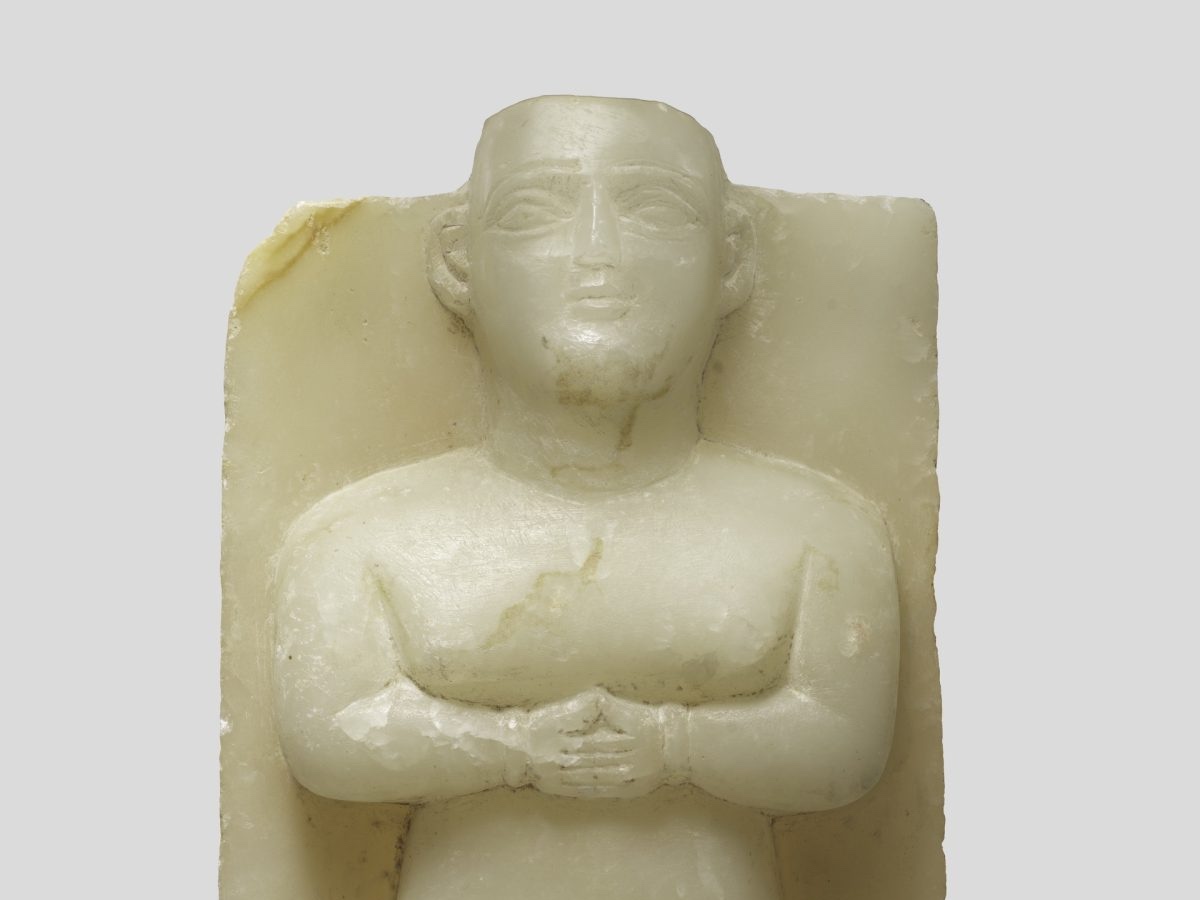A group of antiquities recently repatriated to the Republic of Yemen are now on indefinite loan to the Metropolitan Museum of Art in New York City. Consisting of 14 stone and bronze sculptures that are estimated to date between the 3rd century BCE and the 1st century CE, the works were previously returned from the private collection of the Hague family in New Zealand when Yemeni officials reached out to The Met to request their temporary relocation for safekeeping.
“The Government of Yemen expresses its deep appreciation to the Hague family in New Zealand for voluntarily returning 14 invaluable ancient Yemeni artifacts back to the Yemeni people from their private collection,” said Mohammed Abdullah Al-Hadhrami, the current ambassador of Yemen to the United States, in a statement.
“While the current situation does not allow for the immediate repatriation of these artifacts to Yemen, we are thankful that they will be preserved and studied at The Metropolitan Museum of Art in New York,” Al-Hadhrami added.
Since late 2014, Yemen has been engulfed in a multilateral civil war made worse by deadly cholera breakouts and food scarcity due to an intense drought. The decade-long violent conflict has left an estimated 18.2 million members of its population in need of aid and internally displaced 4.5 million people, according to recent United Nations reports.


Museum officials believe many of the newly loaned works were used for funerary purposes, in part because they are made of yellow calcite alabaster — a soft mineral found in various funerary objects across ancient Southwestern Arabia. They include a funerary sculpture portraying a woman holding her arms in a prayer-like fashion, several complete or fragmentary depictions of individual heads, a stone incense holder, bronze works, and pieces depicting ibex imagery.
The objects are thought to originate from the Bayhan District in Yemen’s Shabwah governorate, situated in the southeastern part of the country known for its pre-Islamic heritage. The area encompasses the ancient city of Timna, once the capital of the Qataban Kingdom, which thrived as a commercial and religious hub from the early 7th century until the 1st century BCE.
The recent loan agreement is an extension of an agreement between The Met and Yemen established last year, when the country requested that two stone works remain at the museum until they can safely return home. While this pair of works is on prominent display, the museum has no immediate plans to show the recently repatriated group of 14 antiquities.


